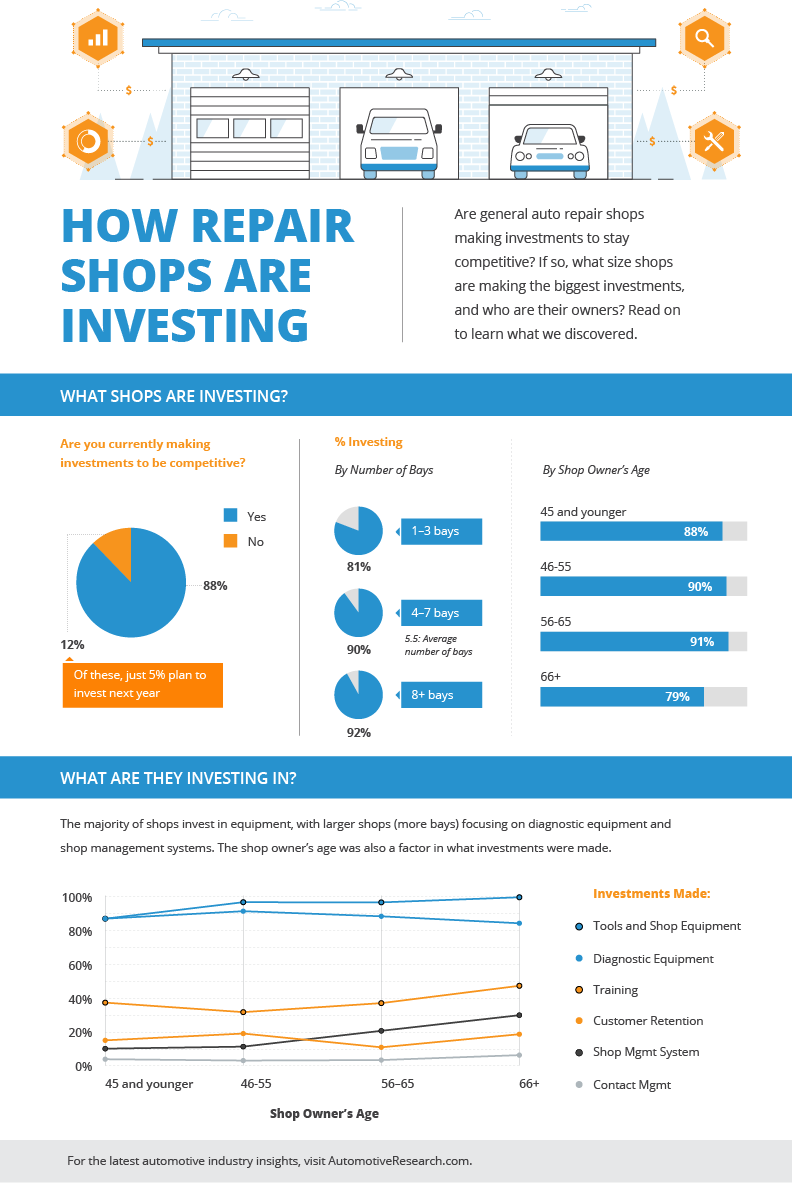Translating Your Car'S Warning Indicators: What They Really Signify
Translating Your Car'S Warning Indicators: What They Really Signify
Blog Article
Article Created By-Lim Dalgaard
When you're behind the wheel, those beautiful caution lights on your dashboard can be a little bit bewildering. Do you know what they're trying to inform you concerning your car's wellness? Recognizing the relevance of these lights is crucial for your security and the durability of your automobile. So, the next time one of those lights pops up, would not you wish to decipher its message accurately and take the essential actions to address it?
Common Caution Lights and Interpretations
Identify usual warning lights in your auto and recognize their meanings to ensure secure driving.
The most typical warning lights consist of the check engine light, which indicates concerns with the engine or discharges system. If this light comes on, it's important to have your vehicle inspected promptly.
https://beaunhbvp.fare-blog.com/30399823/leading-5-myths-about-auto-outlining-debunked alerting light shows reduced oil stress, requiring immediate focus to prevent engine damage.
Keep Reading blinking battery light may suggest a malfunctioning billing system, possibly leaving you stranded otherwise attended to.
The tire pressure tracking system (TPMS) light alerts you to reduced tire stress, impacting lorry stability and gas performance. Neglecting this might lead to harmful driving conditions.
The abdominal light shows a problem with the anti-lock braking system, endangering your capacity to stop rapidly in emergency situations.
Finally, the coolant temperature level advising light warns of engine getting too hot, which can result in serious damage if not solved swiftly.
Understanding these common caution lights will assist you deal with problems quickly and maintain safe driving problems.
Value of Prompt Focus
Recognizing the common caution lights in your automobile is only the very first step; the relevance of immediately dealing with these cautions can't be stressed enough to ensure your safety when traveling.
When Suggested Resource site illuminates on your dashboard, it's your car's method of communicating a possible issue that requires focus. Overlooking these warnings can result in much more severe issues in the future, compromising your safety and possibly costing you much more out of commission.
Prompt focus to advising lights can protect against break downs and mishaps. For instance, a blinking check engine light can show a misfire that, if left neglected, could create damages to the catalytic converter. Resolving this quickly can save you from a pricey fixing.
Similarly, a brake system alerting light may indicate reduced brake fluid or worn brake pads, essential elements for your security when driving.
DIY Troubleshooting Tips
If you observe a warning light on your control panel, there are a couple of DIY fixing suggestions you can attempt before looking for specialist aid.
The very first step is to consult your auto's manual to recognize what the certain warning light indicates. Sometimes the problem can be as easy as a loose gas cap triggering the check engine light. Tightening the gas cap may resolve the issue.
https://archergawpj.blog2news.com/30855702/professional-viewpoints-trick-practices-from-a-skilled-car-detailer is a reduced battery, which can activate various advising lights. Inspecting the battery connections for deterioration and guaranteeing they're protected may fix the trouble.
If a caution light persists, you can try resetting it by detaching the automobile's battery for a few minutes and then reconnecting it. Additionally, inspecting your vehicle's liquid degrees, such as oil, coolant, and brake fluid, can help fix warning lights associated with these systems.
Final thought
Finally, recognizing your automobile's caution lights is necessary for keeping your lorry running efficiently and safely. By quickly addressing these informs and recognizing what they imply, you can prevent expensive repairs and prospective failures.
Keep in mind to consult your automobile's guidebook for specific information on each warning light and take action appropriately to ensure a trouble-free driving experience.
Stay educated, stay safe when driving!
